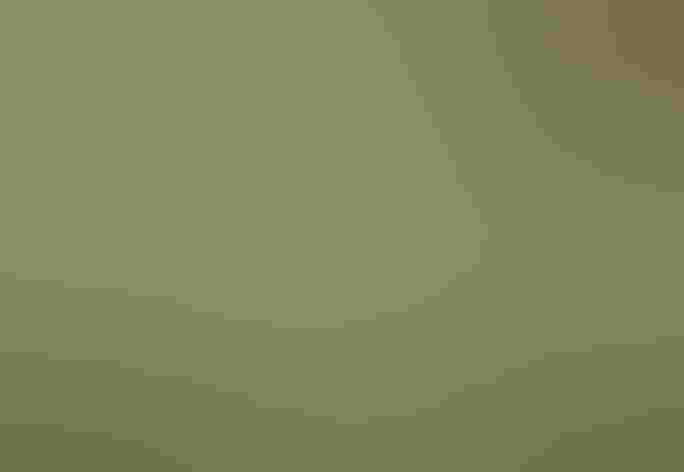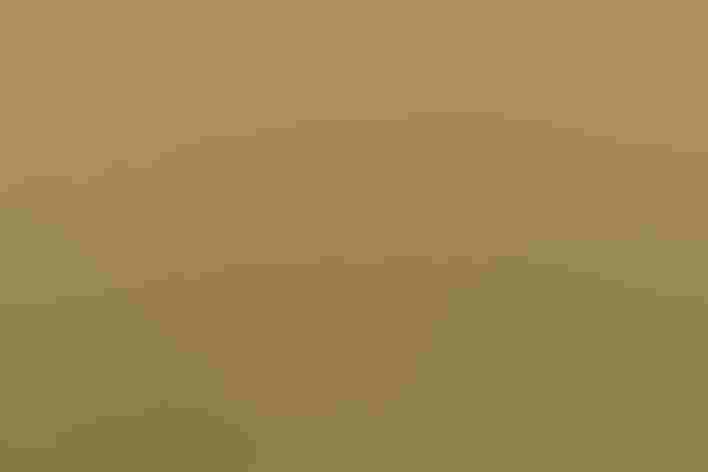Long-billed Dowitcher
At a Glance
Although the two dowitcher species are strikingly similar in appearance, they tend to segregate by habitat. The Long-billed prefers fresh water at all seasons; it is a common migrant through much of North America (but scarce in the northeast).
All bird guide text and rangemaps adapted from Lives of North American Birds by Kenn Kaufman© 1996, used by permission of Houghton Mifflin Harcourt Publishing Company. All rights reserved.
Category
Sandpiper-like Birds, Sandpipers
Conservation
Low Concern
Habitat
Coasts and Shorelines, Freshwater Wetlands, Lakes, Ponds, and Rivers, Saltwater Wetlands, Tundra and Boreal Habitats
Region
Alaska and The North, California, Eastern Canada, Florida, Great Lakes, Mid Atlantic, New England, Northwest, Plains, Rocky Mountains, Southeast, Southwest, Texas, Western Canada
Behavior
Direct Flight, Rapid Wingbeats, Running
Population
650.000
Range & Identification
Migration & Range Maps
From breeding range in far northwest, many migrate southeast to reach Atlantic seaboard. On both coasts, this species may linger later in fall and winter farther north than the Short-billed Dowitcher.
Description
12" (30 cm). Chunky with short neck and very long bill. In spring, patterned brown above, rich chestnut below, darker than Short-billed Dowitcher. Juveniles in fall dark on upperparts, with very narrow pale feather edgings. Winter birds all gray. Voice is best distinction between the two dowitchers.
Size
About the size of a Crow, About the size of a Robin
Color
Black, Brown, Gray, Red, White
Wing Shape
Pointed, Tapered
Tail Shape
Rounded, Short, Square-tipped, Wedge-shaped
Songs and Calls
A high sharp keek, quite unlike call of Short-billed Dowitcher.
Call Pattern
Flat, Undulating
Call Type
Chirp/Chip, Trill
Habitat
Mudflats, shallow pools, margins; mostly on fresh water. Even in coastal regions, migrants and wintering birds tend to occur on freshwater habitats, such as ponds, impoundments, upper reaches of estuaries. Sometimes out on open tidal flats with Short-billed Dowitchers. Breeds in far north on wet, hummocky tundra.
Sign up for Audubon's newsletter to learn more about birds like the Long-billed Dowitcher
Behavior
Eggs
4, sometimes 3. Olive to brown, marked with brown. Incubation is by both sexes at first, then mostly or entirely by male in later stages. Incubation period 20-22 days.
Young
Downy young leave nest shortly after hatching. Female reportedly departs near the time the eggs hatch, leaving male to care for young. Young find all their own food; development of young and age at first flight not well known.
Feeding Behavior
Typically forages by wading in shallow water (sometimes walking on wet mud), probing deeply in the mud with its bill. Usually deliberate in its feeding, standing in one spot or moving forward slowly.
Diet
Small aquatic invertebrates. Diet probably varies with season. Particularly on breeding grounds, eats many insects and their larvae, including many flies, beetles, others. In migration and winter also eats mollusks, marine worms, crustaceans. At times, may feed heavily on seeds of grasses, bulrushes, pondweeds, other plants.
Nesting
Breeding range is mostly in Arctic coastal regions, generally farther north and west than that of Short-billed Dowitcher. Nest site is on ground, usually near water, often on raised hummock or tussock in wet meadow. Nest is a depression sparsely lined with sedges, grasses; bottom of nest is often wet.
Climate Vulnerability
Conservation Status
Still widespread and common. Numbers of migrants reportedly have increased in some areas during recent decades.
Climate Threats Facing the Long-billed Dowitcher
Choose a temperature scenario below to see which threats will affect this species as warming increases. The same climate change-driven threats that put birds at risk will affect other wildlife and people, too.






